As one of Australia’s most specialised lighting designers, Jenni Gillard of Gillard Group has lit fish, artwork, Ovolo eggs, places of worship and more. She shares the maths, science and creativity behind her craft.

Ovolo Hotel, The Valley, Brisbane.
February 6th, 2023
With a master’s degree in lighting, Gillard Group’s Jenni Gillard completed a thesis on lighting for places of prayer, learning everything she could on lighting churches and places of worship.
Having worked with consulting engineers throughout her study, however, Gillard found her skill set needed a more focused home: “When I graduated, I discovered there’s no specialised lighting design. So, I started my own firm in Brisbane”.
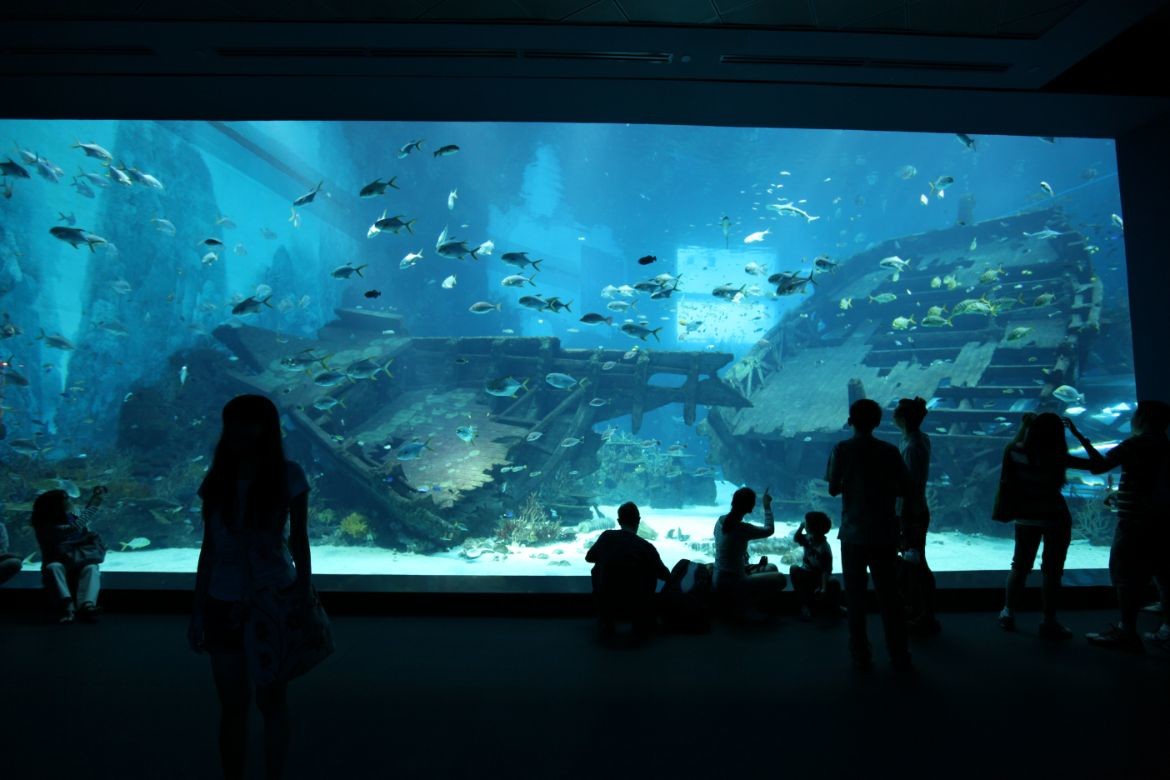
Since then, she has worked on some of the most extraordinary projects from churches to shopping centres. She was also responsible for lighting the Sentosa S.E.A. Aquarium in Singapore, which is wholly reliant on artificial lighting.
“All the millions of fish and commercial success of the venue rely on artificial lighting. Every habitat had unique day and seasonal light conditions to replicate.” Gillard explains further: “The whole lighting design took two years of maths and science.”
Lighting an oceanarium is one of the world’s most complex lighting challenges, as she says that “certain animals won’t come out to eat or school in front of the paying public, unless the lighting is just right”.

Throughout her career she has been involved with iconic works, such as helping to light Jackson Pollock’s Blue Poles at the National Gallery of Australia early in her career. For this work, Gillard devised a ceiling mounted projector light. Of enormously high quality, the bespoke solution was designed to illuminate the exact dimensions of the painting.
The list of projects Gillard has worked on is in fact astounding – homes, institutions, events, sporting arenas, conventions, landscapes and even the sculpture of Mary MacKillop by John Elliot to name a few. But if you think you have her pigeon-holed, think again; she also designed the lighting for King Kong in the Ovolo Hotel in The Valley.
The Woods Bagot design for this project included a colourful sculpture of King Kong on a pedestal. The reception vestibule is a work of art comprising an embroidered fabric wall with 60 stainless steel Ovolo eggs back lit by fibre optic cable. Recessed linear flex LED arches over reception and staff faces are lit by theatre profile lights.

Indeed, the lighting mirrors the Ovolo Hotel’s desire to creates points of difference – a sense of fun through art and theatre. The results reflect Gillard’s encyclopaedic understanding of what light can be made to do.
“The sparkle crystal light is achieved by front-lighting the chain mesh curtains with glass tube argon gas. At night, the porte-cochere shimmers themed pink.”
Related: Lighting design that helps humanise the office

Churches, however, are Gillard’s passion, whether it is creating theatre, a sense of calm, or simply undoing the bad lighting of previous iterations. “Most of the time when we get called into churches, they’ve never seen their ceilings, because they’ve been lit so badly, or not at all. Half the human brain is devoted to interpreting the visual world. Our designs go beyond function and compliance. We want to attract and hold the viewers’ gaze and take their breath away,” says Gillard.
As most churches of significance are heritage listed, a conundrum arises. Heritage imposes significant restraints on the lighting designer to ensure that mounting of luminaires does not damage materials, yet to appreciate heritage spaces requires first-class artificial illumination. Moreover, if we remain true to historic conditions and lit by candles (whale oil, kerosene or gas lamps), then it would only be a matter of time before all churches went up in smoke. The laws governing 240V cabling also demands intrusive and potentially ugly interventions.

That said, Gillard not only understands these challenges but has invented clever ways to overcome them. She appears driven by a great respect for both the sanctity of spaces and architecture of the sites she works on. She sees heritage restraints as a vital means to conserve important buildings. All her heritage projects start with an audit of existing electrical and lighting conditions: “We have not yet found a historical church that is not, in some way, diminished. One church was in such poor condition, we concluded that it was not if, but when, it would catch fire or electrocute someone. It caught fire, but it was extinguished by happenstance,” says Gillard.
She also has an innate sense of the many ways a church needs to be experienced. As such, while the theatre of moments, such as where the church leaders stand or where a wedding party arrives, are important, it is the ability of well-lit architecture to inspire awe or a deep inner peace that she is most able to articulate. To this end, the lighting Gillard creates is ambient and extremely elegant: “A lot of our lighting is indirect just to really make it more pleasing for the human eye and environment.”

The Gillard Group comprises Jenni Gillard Architectural Lighting Designers (JGALD), established September 2005, and Aglow, established January 2008. Using art and science to deliver unique lighting solutions, JGALD is complimented by Aglow, which uses business cases and technology to offer lighting as a service and delivers sustained value.
Gillard Group
gillardgroup.com.au
Photography
Scott Burrows
We think you might also like this article on Brisbane’s International Cruise Terminal by Arkhefield.
INDESIGN is on instagram
Follow @indesignlive
A searchable and comprehensive guide for specifying leading products and their suppliers
Keep up to date with the latest and greatest from our industry BFF's!

The undeniable thread connecting Herman Miller and Knoll’s design legacies across the decades now finds its profound physical embodiment at MillerKnoll’s new Design Yard Archives.
The new range features slabs with warm, earthy palettes that lend a sense of organic luxury to every space.

For Aidan Mawhinney, the secret ingredient to Living Edge’s success “comes down to people, product and place.” As the brand celebrates a significant 25-year milestone, it’s that commitment to authentic, sustainable design – and the people behind it all – that continues to anchor its legacy.

In this comment piece by Dr Matthias Irger – Head of Sustainability at COX Architecture – he argues for an approach to design that prioritises retrofitting, renovation and reuse.
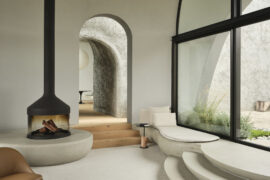
Leeton Pointon Architects and Allison Pye Interiors have been awarded as the winner of The Living Space at the INDE.Awards 2025 for their exceptional project House on a Hill. A refined and resilient multigenerational home, it exemplifies the balance of architecture, interior design and landscape in creating spaces of sanctuary and connection.
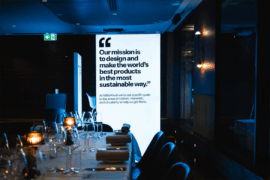
MillerKnoll reimagines the convention of dinner table interactions by plating up a future-forward menu of sustainable design conversation starters as part of the inspiring “Conversations for a Better World” event series.
The internet never sleeps! Here's the stuff you might have missed
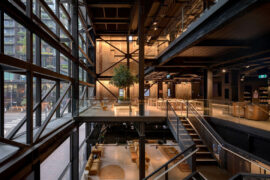
Tzannes has completed work at The Brewery in Sydney’s Central Park, marking the culmination of an internationally significant adaptive reuse project.
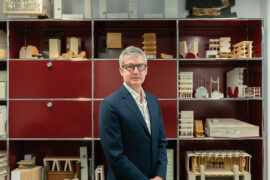
Leading by design, Erik L’Heureux has recently taken the helm of Monash University’s Department of Architecture, and so a new and exciting journey begins for both L’Heureux and the University.